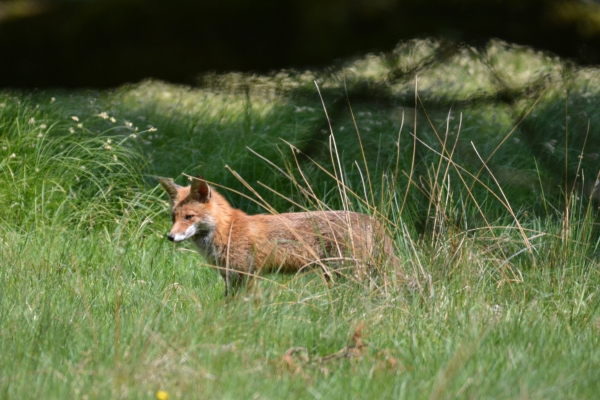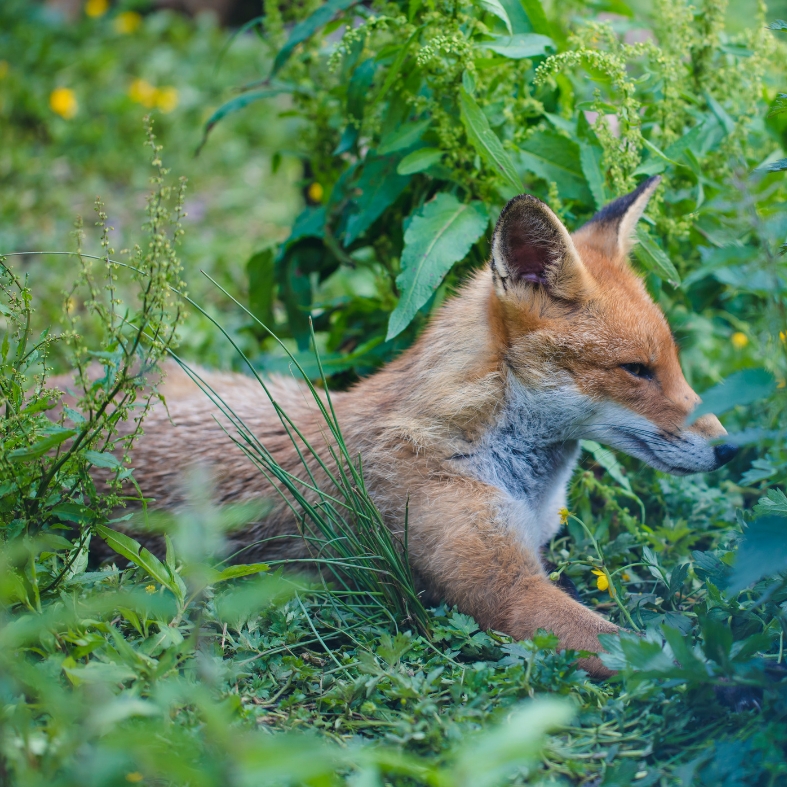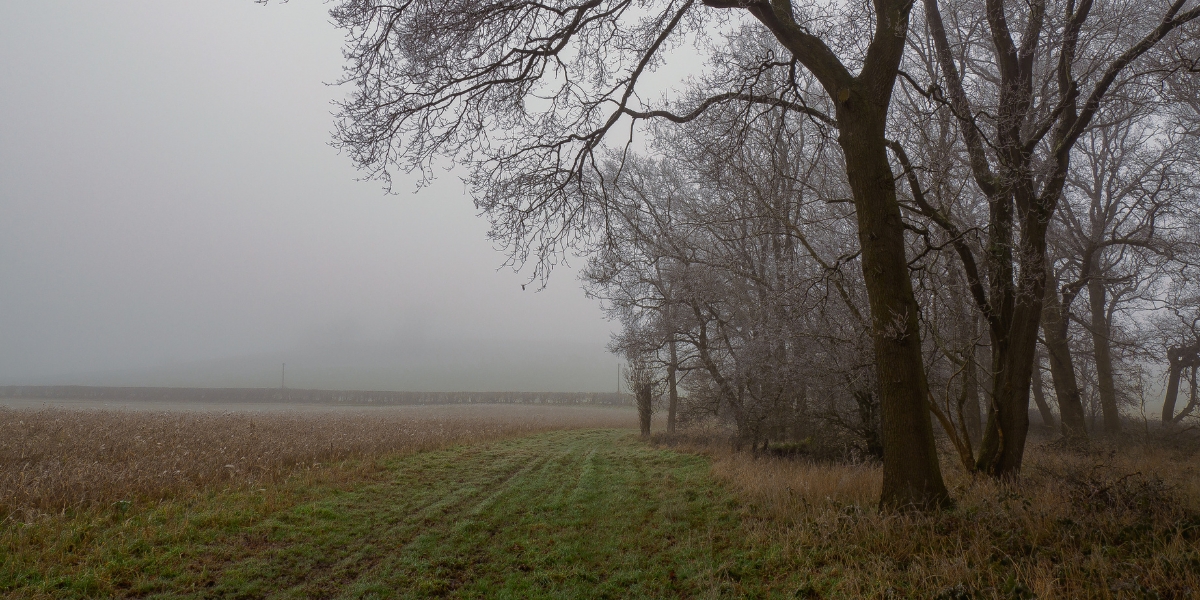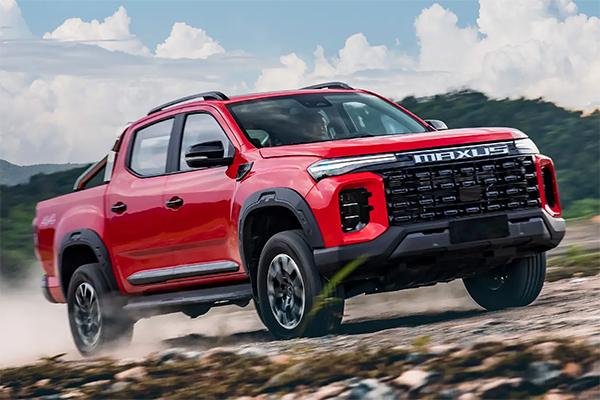
Fox control: sitting in wait
Read our advice on how to maximise success in fox control, including the use of calls and ensuring you have the right kit for the job.
Get information on the legal shooting season for mammals and birds in the UK.
Apply for funding for your project or make a donation today
Comprehensive information and advice from our specialist firearms team.
Everything you need to know about shotgun, rifle and airgun ammunition.
Find our up-to-date information, advice and links to government resources.
Everything you need to know on firearms law and licensing.
All the latest news and advice on general licences and how they affect you.


Home » Fox control – driving
Fox control is a vital aspect of managing wildlife and protecting livestock. While various methods exist for controlling fox populations, one approach, fox driving, stands out for its effectiveness in certain situations.
Though it may not be the first thought for many, fox driving can be highly effective in areas where other methods – like lamping or using humane cable restraints – are impractical or illegal, such as in regions with livestock or public access.
The ideal time for a fox drive is when foxes have been spotted in the area. If foxes are seen quietly entering a wood during the morning, it’s likely they will remain there throughout the day, making it a perfect time to attempt a drive.
These drives can be carried out throughout the year, whether it’s in the spring to control vixens before they have cubs or in the late summer after harvest, before any poults are released. In areas where foxes are suspected but not confirmed, drives can be useful for gaining peace of mind before releasing gamebirds, though it may be that no foxes are taken.
Fox driving can be a useful method for a syndicate without a full-time ‘keeper and hence where they otherwise may not have the time to undertake other forms of fox control.

A typical fox drive involves two lines of ‘guns’: one walking, and the other standing.
The standing guns take their positions quietly, either dropped off by vehicle or walking into position. Noise must be kept to a minimum – avoiding conversation and unnecessary movement. Depending on the size of the area being driven, there may be significant distances between guns, especially on the flanks.
For maximum success, conduct your drive with the wind blowing from the driving side towards the standing guns. This ensures that neither noise nor scent gives away the positions of those standing .
It is crucial for standing guns to wear clothing that blends with the environment. Pay special attention to hands, head, and face, as these parts are most visible and can alert a fox to your presence. We recommend camouflage gloves and a net mask to reduce visibility.
Once in position, take the time to familiarise yourself with the layout and the locations of neighbouring guns. Often, standing guns will be positioned near the woodland edge to stay hidden.
Foxes tend to approach quietly, and patience is key. It’s important to remain still and avoid moving or making noise. Only shoot at foxes that are within range, and never shoot anything other than foxes unless explicitly instructed to do so. If a fox is not in range, refrain from calling out to alert other guns, as this may cause the foxes to flee.
Before the drive, it’s advisable to pattern your gun with the cartridges you plan to use to ensure they are suitable for your shooting range and ability. Always stay in position until the drive is complete, even if you’ve taken a shot. If a fox is shot and still moving, do not hesitate to take a follow-up shot to ensure humane dispatch.
For walking guns, the approach is slightly different. While you may not need to be camouflaged, your main task is to walk quietly through the area to push the foxes towards the standing guns. If you anticipate pushing through dense brambles or it’s warm outside, ensure you’re dressed for comfort.
As the signal to begin the drive is given, walking guns should move steadily towards the standing guns. Usually you can shoot at any legitimate quarry (in range), such as grey squirrels, making plenty of noise to push the fox forward.
Be aware that a fox may try to break back, so it’s crucial to know where the person next in the line is in relation to you. If in doubt, never take a shot.
If you plan to conduct a fox drive, it’s wise to inform local residents – such as horse owners or walkers – who might be startled by the presence of camouflaged figures with guns at the woodland edge. This ensures safety and prevents misunderstandings.
Fox drives can be a valuable tool in managing fox populations, especially when used in conjunction with other control methods. By understanding the strategy and ensuring safety, they can be an effective and efficient means of fox control.

Read our advice on how to maximise success in fox control, including the use of calls and ensuring you have the right kit for the job.

Sign up to our weekly newsletter and get all the latest updates straight to your inbox.
© 2025 British Association for Shooting and Conservation. Registered Office: Marford Mill, Rossett, Wrexham, LL12 0HL – Registered Society No: 28488R. BASC is a trading name of the British Association for Shooting and Conservation Limited which is authorised and regulated by the Financial Conduct Authority (FCA) under firm reference number 311937.
BASC Direct Ltd is an Introducer Appointed Representative of Agria Pet Insurance Ltd who administer the insurance and is authorised and regulated by the Financial Conduct Authority, Financial Services Register Number 496160. Agria Pet Insurance is registered and incorporated in England and Wales with registered number 04258783. Registered office: First Floor, Blue Leanie, Walton Street, Aylesbury, Buckinghamshire, HP21 7QW. Agria insurance policies are underwritten by Agria Försäkring.
If you have any questions or complaints about your BASC membership insurance cover, please email us. More information about resolving complaints can be found on the FCA website or on the EU ODR platform.
This website uses cookies so that we can provide you with the best user experience possible. Cookie information is stored in your browser and performs functions such as recognising you when you return to our website and helping our team to understand which sections of the website you find most interesting and useful.
Strictly Necessary Cookie should be enabled at all times so that we can save your preferences for cookie settings.
If you disable this cookie, we will not be able to save your preferences. This means that every time you visit this website you will need to enable or disable cookies again.
This website uses Google Analytics to collect anonymous information such as the number of visitors to the site, and the most popular pages.
Keeping this cookie enabled helps us to improve our website.
Please enable Strictly Necessary Cookies first so that we can save your preferences!
More information about our Cookie Policy